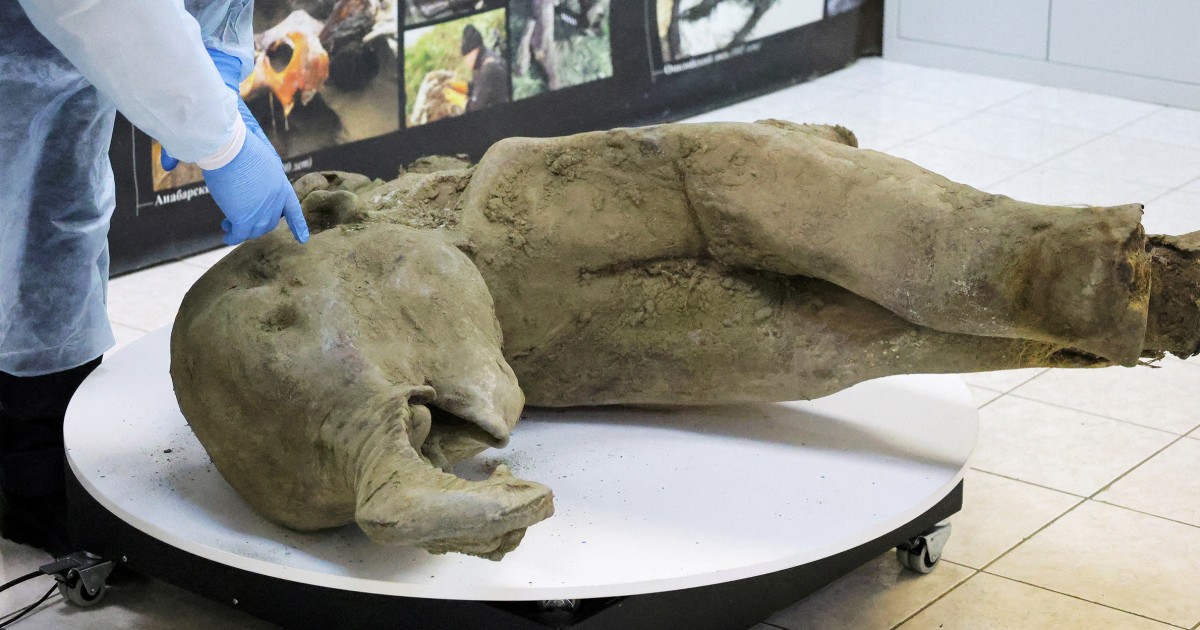
Recent research, published in Nature, has raised questions about the volcanic processes occurring on Jupiter’s moon Io, particularly regarding the absence of a global magma ocean beneath its surface. Data collected by NASA’s Juno spacecraft, combined with historical information from the Galileo mission, suggest that Io’s interior is more solid than previously believed. This revelation has implications not only for Io but also for our understanding of tidal heating in other celestial bodies.
Juno and Galileo Findings Reveal a Solid Interior
Scientists, led by Ryan Park from NASA’s Jet Propulsion Laboratory, have analysed data from Juno’s close fly-bys of Io, conducted between December 2023 and February 2024, as per reports. These measurements, alongside archival data from Galileo, focused on Io’s gravitational field and its deformation under Jupiter’s intense gravitational pull. It was found that Io’s rigidity rules out the possibility of a moon-wide ocean of molten rock. Previous theories, based on magnetic induction data and the distribution of volcanic activity, had suggested such an ocean might exist to facilitate the movement of heat beneath Io’s surface.
Source of Lava Remains Under Investigation
According to reports, Io is home to around 400 active volcanoes, with its surface covered in extensive lava plains. Without a magma ocean, the molten rock erupting through these volcanoes must originate from localised pockets of melt within the mantle. These pockets are believed to be heated through tidal forces exerted by Jupiter and its neighbouring moons, Europa, Ganymede and Callisto. The constant twisting and squeezing caused by these gravitational interactions generate heat, though it appears insufficient to maintain a fully molten layer.
Implications for Exoplanetary Studies
The findings extend beyond Io, impacting theories about exoplanets in close orbits around M-dwarf stars. Similar to Io’s interaction with Jupiter, these exoplanets experience tidal heating. The absence of a global magma ocean on Io challenges the assumption that such exoplanets would host extensive molten layers, prompting scientists to revisit these models.







